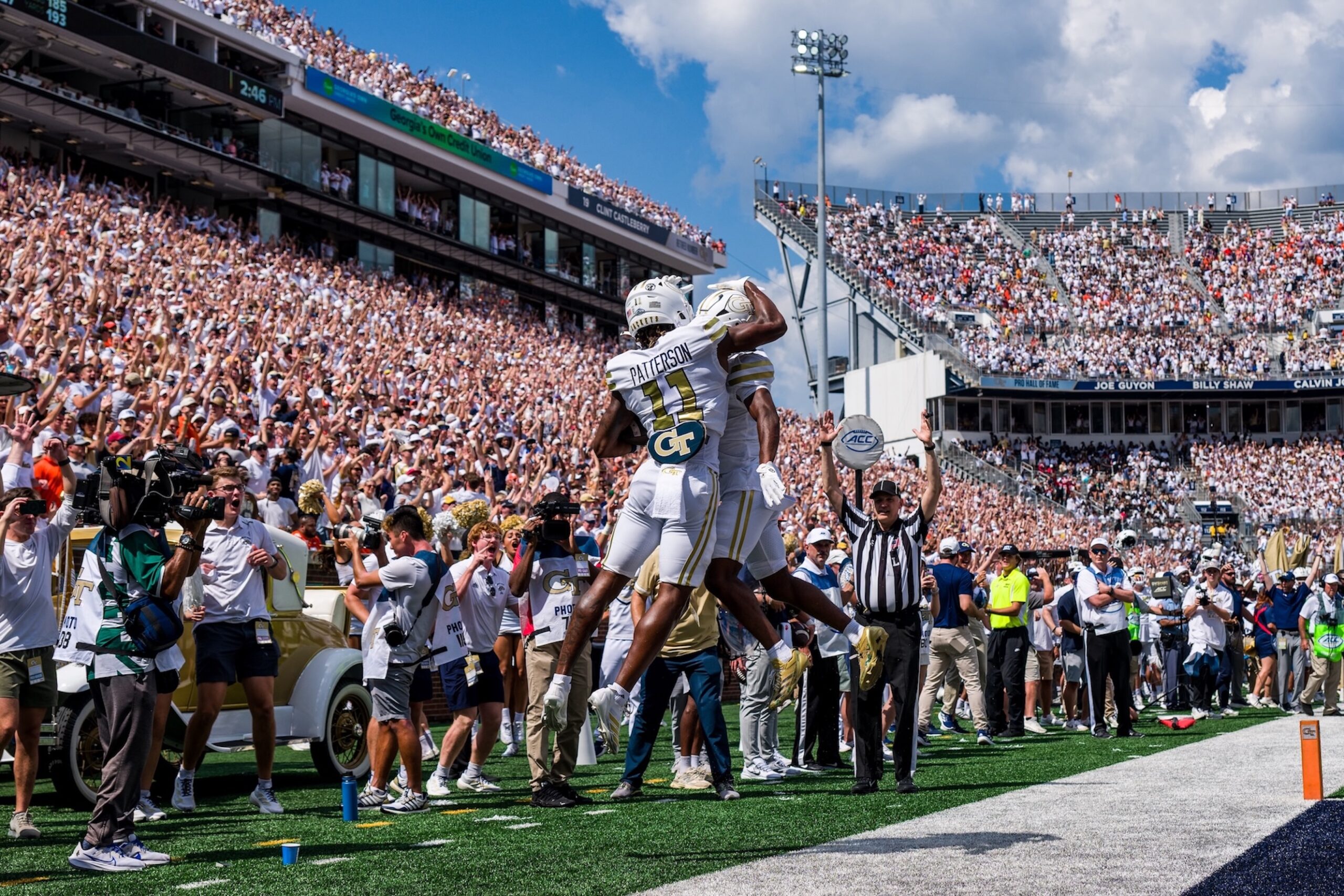(LOS ANGELES) — Quinceañeras are a Mexican tradition where families celebrate their daughters’ fifteenth birthday. They are typically massive events that can include immediate family or entire communities. Angélica Escoto has documented quinceañeras in Southern California for the last fourteen years. Her exhibit “Ellas No Bailan Solas” (“They Do Not Dance Alone”) currently showcased at the museum Centro Cultural de Tijuana is a retrospective of this work.
The exhibit is filled with bright photographs of this right of passage, but it also documents how the political landscape in the United States has impacted these events. The Click caught up with Escoto to hear about her process and the resulting images.
The Click: How did “Ellas No Bailan Solas” come about?
Escoto: I started filming and photographing quinceañeras in 2006. I realized that the families came from all over Mexico. From Guerrero, Oaxaca, Michoacán, everywhere. They told me how they crossed Morro, through Tijuana in the eighties and nineties. They got married and their children were born here. That’s how we Mexicans are, after five minutes you tell people where you’re from, how you crossed, your whole story.
The Click: How have quinceañeras changed since you first started photographing them in 2006?
Escoto: I have filmed over 200 quinceañeras in California over the last 14 years. I started three years before Barack Obama started his presidential term. Through conversations with the different families, I started learning about stories of deportations. Obama was identifying undocumented women and deporting them. They went to work and were arrested. So I started writing those stories. There was a fifteen-year-old girl who had seven brothers and almost all of them were her chambelanes (the personal escorts for the birthday girl throughout the quinceañera.) But one of them was deported. She danced with all her other older brothers. About a year later she called me and said, “I need you to come here again. My brother (who had been deported) is back. He was able to cross and I’m going to put my dress back on so you can take another quinceañera picture.” So I went back, recreated the whole scene and photographed her all over again as if it was the first time.
The Click: What were the main social changes you experienced throughout the fourteen years?
Escoto: In regards to technology, when I started filming quinceañeras, I used a portable SH magnetic tape. You had to remove the little cassette every hour while you were filming. I recorded quinceañeras, downloaded the material and recorded it on a DVD or a CD. I would also give them a packet with their printed pictures. Now photographers do not deliver it on paper, they deliver it in digital memory. So you no longer have your work on paper, now you have it in a memory.
The Click: What were the biggest differences between quinceañeras held in Tijuana, and those organized by Mexicans in the United States?
Escoto: Well the girls celebrating their quinceañeras are Americans. Most of them were born in San Diego. Some had just arrived. Others were brought small but they were super Mexican and wanted to highlight their heritage by choosing those strong colors. When I was here (Tijuana), the dresses were simpler, the party was different. Over in the United States there was so much commotion that you felt like you were in a town in Oaxaca during the party. It is a regional tradition, always giving; it was an act of love to give to one another and produce a sense of community through their quinceañeras.
The Click: Could you tell us what is the main message that you want to share with your exhibition, specifically in relation to “Ellas No Bailan Solas”?
Escoto: There is a reality of situations with migrants that we are forgetting in the city. Sometimes we make ourselves like a bubble and we are just in our own world. But there are a lot of characters and a lot of situations. There are those who interview me and say, “Really, do quinceañeras still exist?” Well yes, because even though right now they don’t hire photographers, the parties are still being held and they will continue. I also want to highlight that quinceañeras become a community of women, because the party is organized by women: they finance the food, they are in charge of reserving spaces and sending invitations out. It is the women and their girls.


